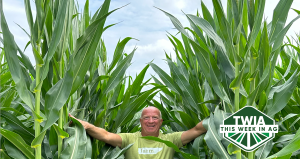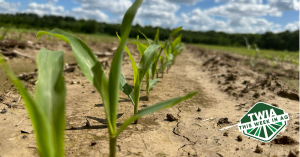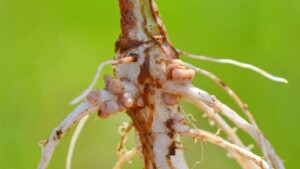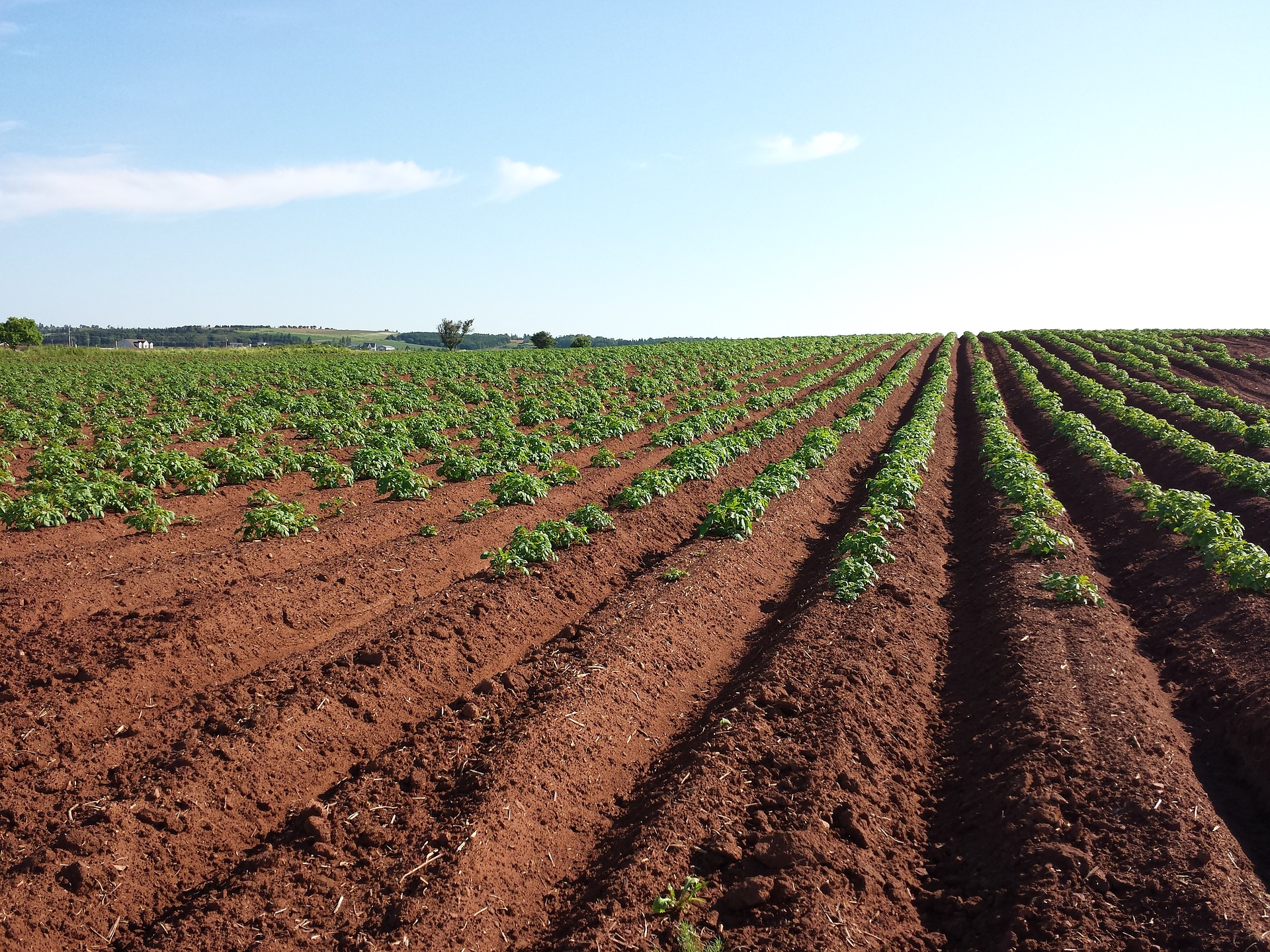By Jael Batty
Sewage sludge is a controversial input for farmers to use. Considering the toxins in today’s wastewater, are our treatments and regulations effective in eliminating micropollutants from sludge?
Sewage sludge––otherwise known as biosolids––is given away to farmers as a fertilizer. This government-sanctioned program is considered an environmentally-friendly solution to wastewater pollution.
Organic Means Derived from Living Organisms
Biosolids are approximately 70 percent organic matter and provide two of the three principal nutrients required by crops: nitrogen and phosphorus.1In this case, “organic” is defined as “of, relating to, or derived from living organisms.”2
Sludge Is Not Free of Toxins
It is important to note that the term “organic matter,” as it relates to biosolids, does not mean free of chemicals, pesticides, or toxins. Sludge is not only processed manure; wastewater comes from a combination of household and industrial waste. It contains micropollutants.
Sludge Contains Micropollutants
Micropollutants are various substances that have adverse environmental effects. This includes polymers, pharmaceuticals, flame-retardants, household cleaning supplies, heavy metals, street drugs, toxicity from industry, and biological waste. Additional toxic compounds can be created through the processing of micropollutants.3
Industrial Wastewater Increases Toxicity
The level of micropollutants in sludge varies depending on the influent. Many municipalities receive influent from numerous industrial companies, multiplying the contaminants in the sludge. The Minnesota Twin Cities’ Metro Plant, for example, receives influent from over 600 industries.4
Wastewater Treatment Plants Do Not Eliminate Micropollutants
Wastewater treatment plants (WWTPs) remove solid organic matter and pathogens. Some toxins may degrade during the process. However, many treatment plants are outdated, and even current plants weren’t designed to treat micropollutants.5
Wastewater Treatment Is Improving
Luckily, wastewater treatment is improving with plant upgrades. Disinfection, for example, can be done with UV light, without the use of chlorine. Ozonation degrades micropollutants through oxidation. The use of activated carbon removes micropollutants through adsorption.3
Sludge reduction is a non-toxic step to protect the environment that older treatment facilities can take now. Sludge can be reduced with Bio Dredge®for WWTPs or Septicure®for septic systems, which naturally enhance biological degradation.
Regulations
In addition to updated treatments, metals and pathogens are regulated in the use of land-applied biosolids. Federal and state regulations and quality standards governing the use of sewage sludge are set forth in the EPA guide, Land Application of Sewage Sludge, also known as 503 regulations:
- Heavy metal contamination limitations
- Pathogens limitations
- Vector attraction reduction
- Site restrictions
- Crop harvest restrictions
- Record keeping
- Reporting1
It is important to note that, although the terms “sludge” and “biosolids” are interchangeable, sludge that doesn’t meet regulations is not used as for biosolids. Sludge and biosolids are frequently tested both to check the effectiveness of treatment and to confirm regulatory compliance. Additionally, controls have been established to ensure regulations are met before, during, and after land application.6
Prior to land application, biosolids must meet all pollutant, pathogen reduction, and vector attraction reduction requirements. Nitrogen, phosphorus, and potassium content of biosolids is analyzed. Application rate is calculated for the crop based on current content and past applications.6
During land application, the target application rate is checked against the actual application rate. Records must be kept of application sites, weather, all involved parties, as well as any neighbor observations. Finally, records must be filed, regulatory reports must be submitted, and relevant information must be provided to the farmer.6
Says Jared Alder, Executive Senior Director of Probiotic Solutions®:
As long as the proper steps are undertaken, placing biosolids on farm land is acceptable. It’s like placing fertilizer on your grass each winter. We need to ensure that proper procedures are followed when applying any type of biosolids onto crops that are used for food consumption.
Checks-and-Balances Make Biosolids a Safe Agricultural Input
Although we now have a multitude of toxins coming from today’s industrial waste, upgrades in treatments, regulations and strict quality control can prevent biosolids from being a risky agricultural input.
Read part one of this two-part series: Land-Applied Sewage: Do Farmers Benefit from Recycled Sewage?
Citations:
- R Cowell (2010). Sludge, a free fertilizer for farmers, can pose health and environmental risks, Indy Week, https://indyweek.com/news/sludge-free-fertilizer-farmers-can-pose-health-environmental-risks/
- (2016) Merriam-Webster, https://www.merriam-webster.com/dictionary/organic#other-words
- B Ellison (2015). Removing toxic micropollutants from wastewater: an interview with Dr. Michael Cimbritz, AZoCleantech, https://www.azocleantech.com/article.aspx?ArticleID=579
- B Bienkowski, (2014). Drugs, chemicals seep deep into soil from sewage sludge, Scientific American, https://www.scientificamerican.com/article/drugs-chemicals-seep-deep-into-soil-from-sewage-sludge/
- M McFarland (2001). Chapter 4: Control of biosolids quality, Biosolids Engineering, https://www.globalspec.com/reference/54377/203279/chapter-4-control-of-biosolids-quality
- National Biosolids Partnership (2011). National Manual of Good Practice for Biosolids, https://www.wef.org/globalassets/assets-wef/3—resources/topics/a-n/biosolids/national-biosolids-partnership/manual-of-good-practice-for-biosolids-v2011.pdf
Please note that this information does not reflect the views of Bio Huma Netics, Inc., the developer of Probiotic Solutions. This article is provided for informational purposes only.
Related Posts

This Week in Ag #71
Farmers are not fast forgetters. They have long memories. Past weather events, cultural practices, product usage, and marketing decisions often drive future decisions. With that, I’m guilty as charged. Last season, a straight-line wind caused major greensnap to a new corn hybrid, wrecking my goals. This made me take pause and return to some of the...

This Week in Ag #65
“Anticipation” is a famous song from Carly Simon (which also became the advertising anthem for Heinz ketchup). But it could also be the theme for how farmers feel from the moment they drop their planter. My first year of farming on my own, I waited over three nail-biting weeks for my soybeans to emerge. This year,...

Microorganisms: The Living Engine of Soil—Part 2
In Part 2 of this series, we look at Plant-Microbial Interactions.


